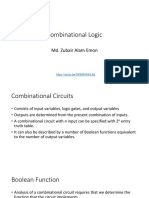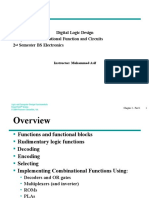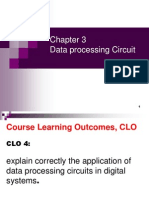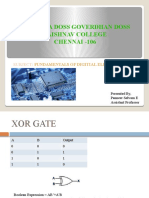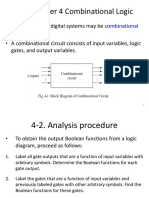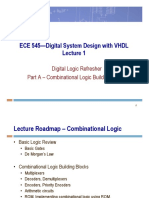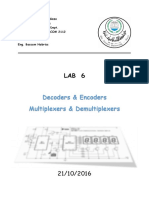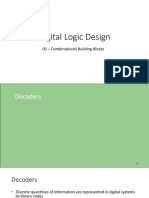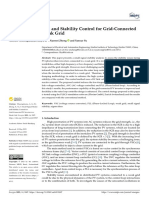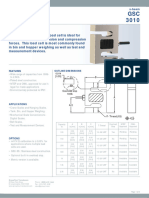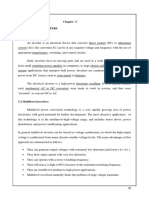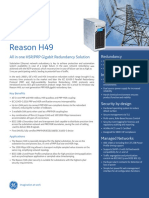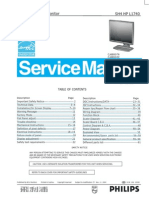0% found this document useful (0 votes)
19 views42 pagesCS Mod1 Lec10 Decoder Encoders MUX DEMUX
The document covers the fundamentals of digital systems and combinational circuits, including concepts such as decoders, encoders, multiplexers, and demultiplexers. It provides detailed explanations of various circuit designs, truth tables, and Boolean function implementations. Additionally, it emphasizes the importance of these components in digital logic and computer design.
Uploaded by
rajsekhar001.singhCopyright
© © All Rights Reserved
We take content rights seriously. If you suspect this is your content, claim it here.
Available Formats
Download as PDF, TXT or read online on Scribd
0% found this document useful (0 votes)
19 views42 pagesCS Mod1 Lec10 Decoder Encoders MUX DEMUX
The document covers the fundamentals of digital systems and combinational circuits, including concepts such as decoders, encoders, multiplexers, and demultiplexers. It provides detailed explanations of various circuit designs, truth tables, and Boolean function implementations. Additionally, it emphasizes the importance of these components in digital logic and computer design.
Uploaded by
rajsekhar001.singhCopyright
© © All Rights Reserved
We take content rights seriously. If you suspect this is your content, claim it here.
Available Formats
Download as PDF, TXT or read online on Scribd
/ 42






